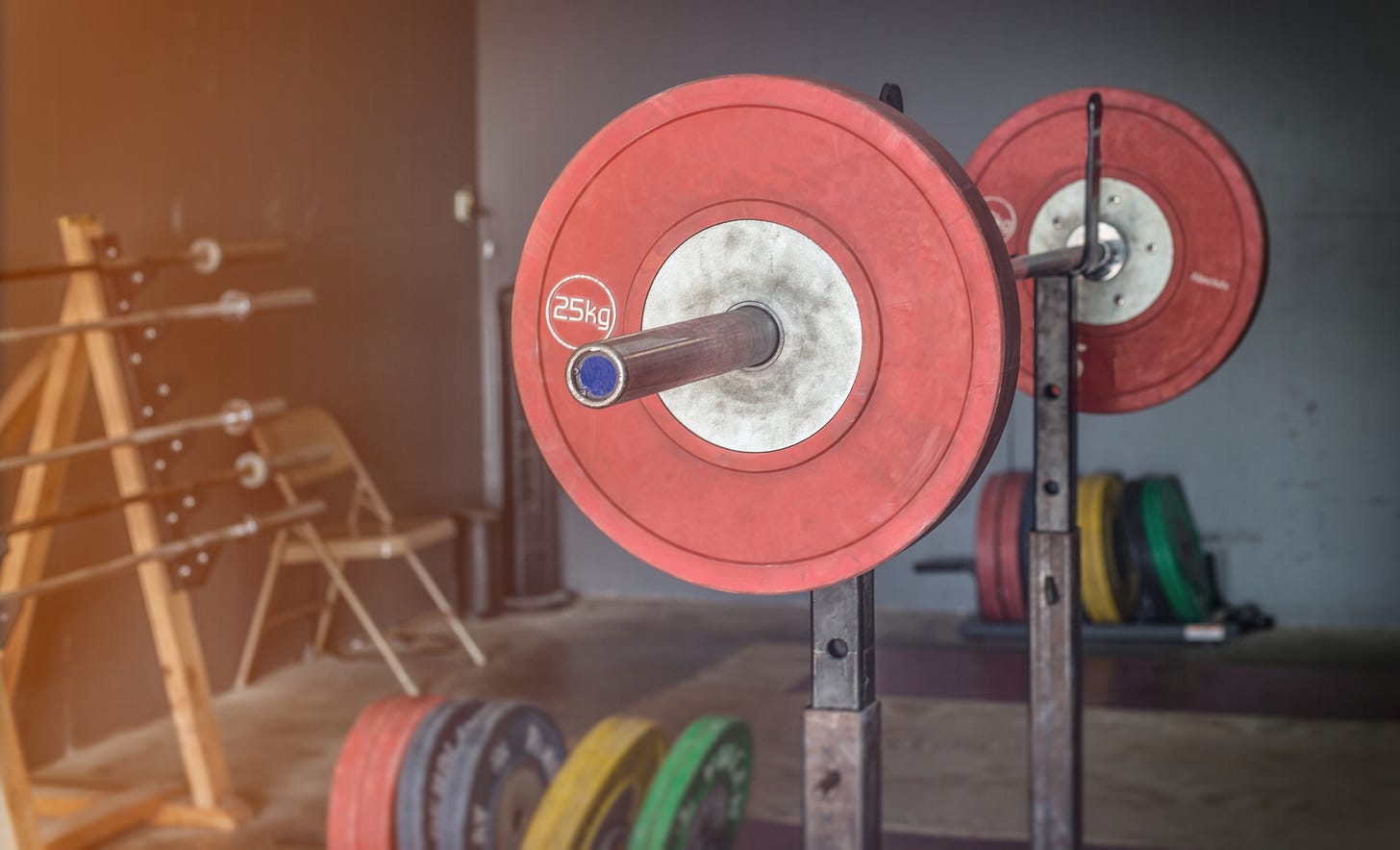Rowing coaches and rowers agree on a lot of things. I like to ask coaches for their rowing training opinions that they feel are controversial, or at least counter-cultural. The answers are usually much more interesting for me than more discussions about why pause drills are so great and the inevitable conclusion of, “well, if it works for you, it works for you, it smooths out at higher rates anyway,” to the discussion about micro-pausing at the release.
A Craftsbury coach gave me an answer about strength training. He feels that it is often presented as a “get stronger to row faster” solution, but his controversial opinion is that this often fails people who haven’t developed good enough technique or fitness first to support the strength increase.
You may be surprised to read that I agree, at least in the short-term picture.
Fitness and technique (time in the boat!) will have greater short-term effects on improving performance. Strength training is a long-term investment, not a short-term solution. We can improve technique in a single session with good coaching and learning, which can pay off immediately to improve performance. We can improve fitness with a good training plan, or a 4-6-week progressive increase in training load followed by a taper to improve performance via peaking.
Remember my points from last month’s, “Why strength train before you need to?” email. It usually takes around six weeks to see neural gains when beginning strength training. At first, the main change we’re making with strength training is improving the neurological connections between the central nervous system and coordinating a muscular response. It typically takes 2-3 months to see structural change in terms of increased muscle fiber size. Both neural coordination and muscle fiber size can improve rowing performance, but not in a “get fast quick” kind of way.
The question often comes up online and in my inbox: I want to improve my time for a test/race in six weeks, what strength training should I do?
Strength training probably won’t help you much in six weeks, as there just isn’t enough time for significant structural adaptations to occur to improve your performance. BUT, strength training will help you in your NEXT test or race. You go faster in six weeks from improving fitness and technique; great. Where do you go from there? Unless you’re retiring from competitive rowing at that point, you probably want to go even faster in another six weeks. That’s 12 weeks away from originally asking the question. If we started strength training then, we’d see a bigger effect by 12 weeks that we wouldn’t see in six weeks.
If we’re always thinking in six-week chunks, there’s never a good time to start strength training. If we’re thinking in long-term athlete development, then there’s always a good time to start strength training. Start building now for your next PR.





